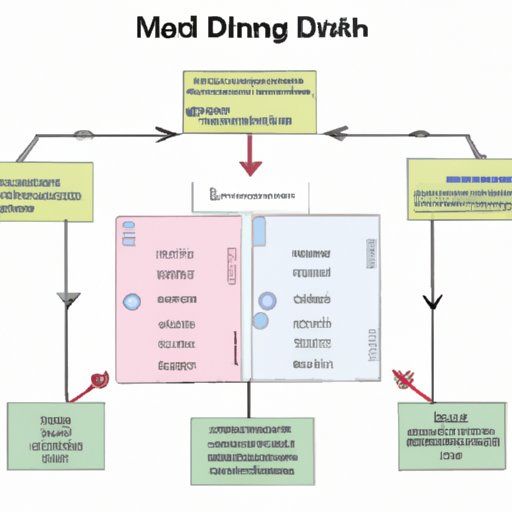
Overview of the Military Draft and How it Works
The military draft is a system in which citizens of a country are selected for mandatory service in the armed forces. It has been used in many countries throughout history, but is most commonly associated with the United States. In the U.S., the draft is regulated by the Selective Service System (SSS), which was established in 1917.
The SSS is responsible for registering all eligible men between the ages of 18 and 25, as well as maintaining records of those registered. The registration process involves filling out an online form or mailing in a paper form. Once registered, individuals are placed in the SSS database and can be called upon to serve if the need arises.
Explaining the Different Stages of the Military Draft Process
The military draft process consists of three main stages: pre-registration, active duty, and post-service. During the pre-registration stage, individuals must register with the SSS, either online or by mail. If the need arises, individuals will be called up for active duty, during which they will receive training and may be deployed. Upon completion of their service, individuals will enter the post-service stage, where they will receive benefits and assistance from the government.
Who is Eligible for the Military Draft and Who is Exempt?
To be eligible for the military draft, individuals must meet certain requirements. These include age (between 18 and 25), citizenship (U.S. citizen or permanent resident), and gender (male). However, there are some exemptions to these requirements. For example, those with medical conditions or religious objections may be exempt from service. Additionally, those who are married, have children, or are enrolled in college may be exempt.

Examining the Pros and Cons of the Military Draft
The military draft has both advantages and disadvantages. On the one hand, it can provide a steady stream of recruits for the armed forces, thus enabling the military to respond quickly and effectively to threats. Additionally, it can help to ensure that all citizens contribute to the defense of their country. On the other hand, the draft can be seen as unfair, since it requires individuals to serve against their will. Additionally, it can be difficult to determine who should be exempt from service.
Comparing the U.S. Military Draft to Other Countries’ Drafts
The U.S. military draft differs from drafts in other countries in several ways. For example, the U.S. draft requires individuals to register at age 18, while other countries may require registration at a later age. Additionally, the U.S. has more stringent citizenship requirements than other countries. Lastly, the U.S. has more exemptions than other countries, such as the religious exemption.

Looking at Recent Trends in Military Drafting Practices
In recent years, there have been several changes to the military draft process. For example, the age requirement has been lowered from 21 to 18, meaning that more individuals are now eligible for the draft. Additionally, the number of exemptions has increased, with new categories such as those with disabilities being added. Lastly, the frequency of drafts has decreased, with no draft having been held since 1973.
The military draft is an important part of many countries’ defense strategies. While it has its advantages and disadvantages, it is an effective way to ensure that all citizens are contributing to the defense of their country. By understanding the requirements and exemptions of the draft, individuals can make informed decisions about their service.
(Note: Is this article not meeting your expectations? Do you have knowledge or insights to share? Unlock new opportunities and expand your reach by joining our authors team. Click Registration to join us and share your expertise with our readers.)
